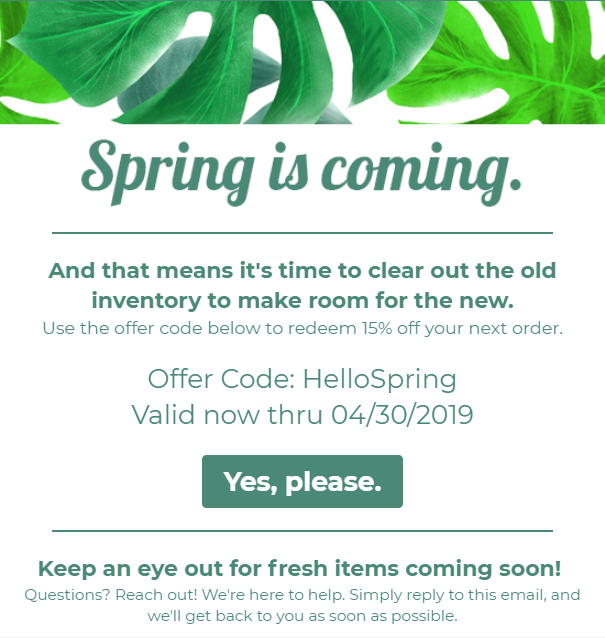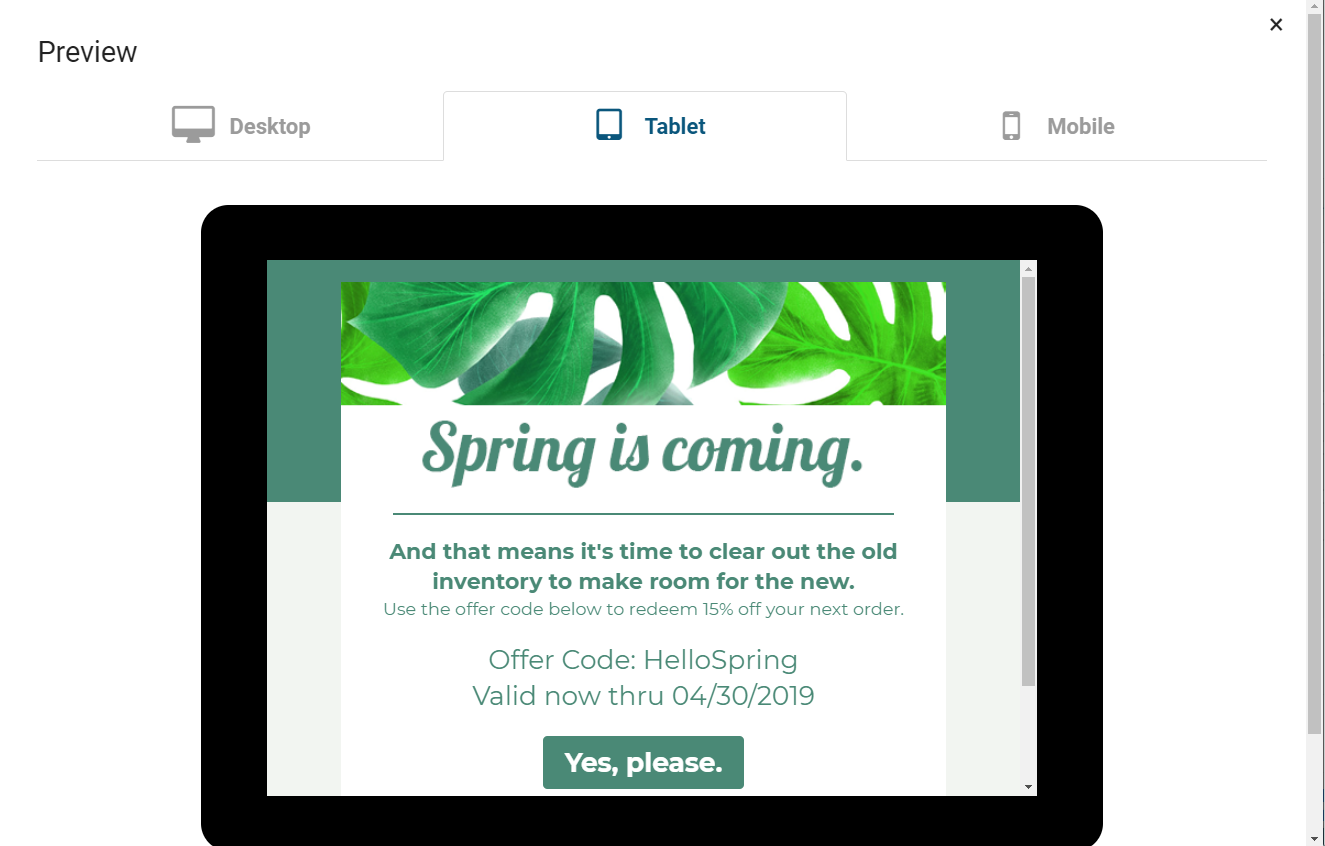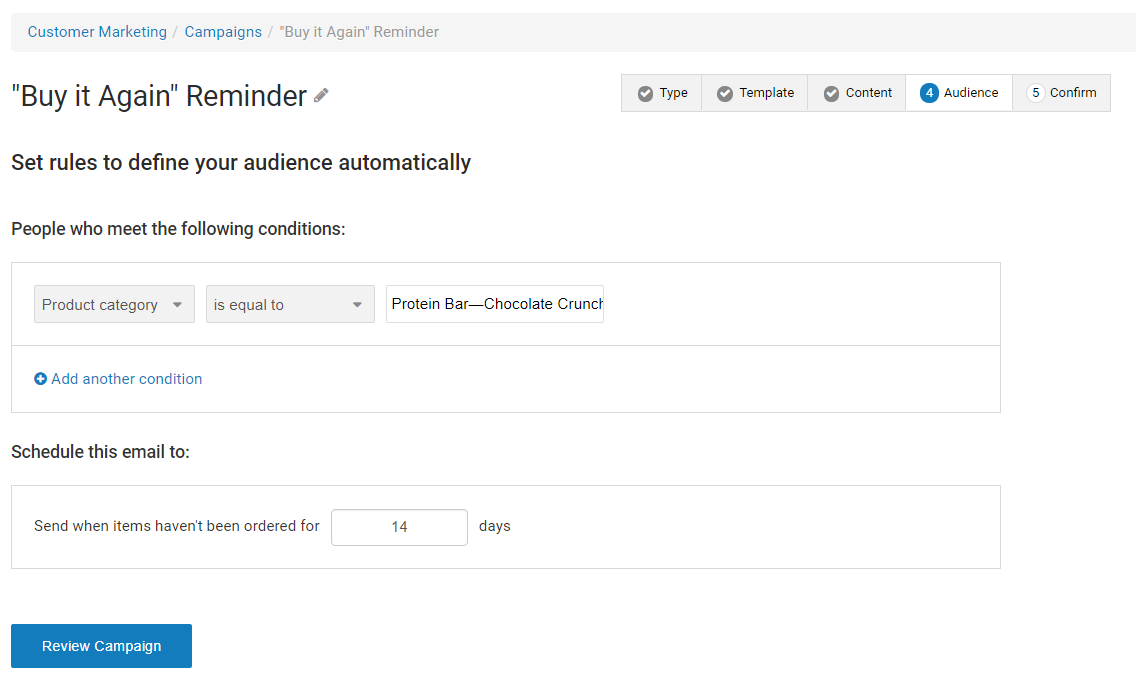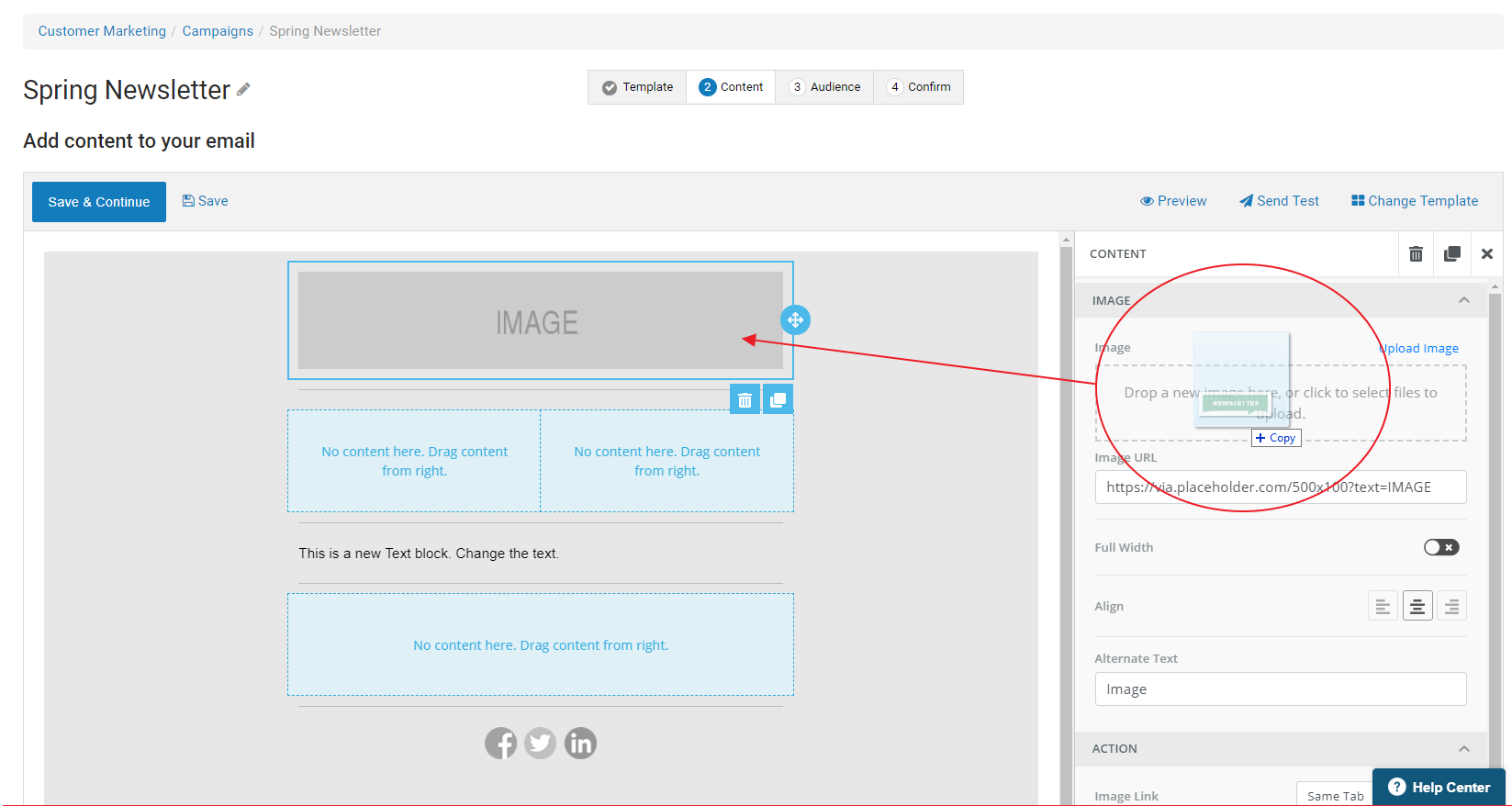Connecting with your target audience and potential customers is important. That’s why email marketing is still one of the top channels to gain traction. Having an effective email marketing strategy in place doesn’t happen overnight – it takes time and effort to achieve results. In fact, 92% of online adults use email, with 61% using it on an average day.
Talking too much
The last thing you want to do is turn your customers off. The easiest way to do this is to bombard them with emails all the time. The key is to build an email marketing strategy that will keep customers interested in important, and relevant content. Part of this comes from segmenting your lists to make sure the messages you deliver reach the right audience at the right time, and just often enough. Speaking of which…
Not talking enough
Why do subscribers sign up? They want to hear what you have to say and keep up with your offers or products! While the key is in not sending too many emails, you also don’t want to leave them wondering where you’ve disappeared to. Your email marketing strategy should have various ways to stay connected to your subscribers. Using a monthly newsletter, or an email a week could be helpful. Holidays and occasional new product release notifications will feel relevant and help find the balance of when to send emails.
Keep a content calendar that shows you exactly how many emails you’re sending, when you’re posting messages to social, and any other communications efforts you do. This will help you understand how often you’re creating customer touchpoints and avoid overlap or overcommunication. On a content calendar, you can also note upcoming sales, holidays, or events that you need to keep in mind or incorporate into your messaging. All of this leads to customer communications that feel just right to recipients.
Being too salesy
Today’s consumers want transparency and authenticity. If they feel you are trying to sell to them too much, they disappear. You’re supposed to tell a story with each email you sent. Give them a reason to look at your brand as more than just a product. Your emails should talk about the benefits of the product and what value you can provide.
A great example of this is a Welcome Email campaign. Once a customer signs up for your email list or orders their first product from you, there’s an opportunity to further cement that relationship. Sending a welcome email can provide important information order information, but also a little more about your brand and the people behind it. It’s also an opportunity to offer a coupon code for their next purchase—building repeat business and loyalty!
Skipping the test
It only takes a few minutes to test your email. You want to see what the email will look like, sound like, and figure out if you’re offering the best customer experience. It’s good to get in the practice of doing A/B tests on your subject lines, the format, colors, and other elements to learn about your audience. You’ll also be able to correct any mistakes that were previously missed.
Below is an example of previewing your email in ShippingEasy’s Customer Marketing solution. Knowing what your email will look like on desktop, tablet, and email can help you design your email well. Important or attention-grabbing information should be above the scroll if possible. But as mentioned above, you should also send yourself an actual test to check for deliverability and to see what it looks like in your email client. Sometimes, you’ll find unfortunate surprises that you want to catch before customers receive the email.
Forgetting the CTA (call to action)
Every email you send has a desired outcome. You should have a strong call to action, giving your readers something clear and specific to do. When you don’t have one, you leave the door open for them to go elsewhere and perform those same actions on someone else’s product or content. Consider it a way to wrap up the conversation you’ve been having with them in a nice, but direct way.
Your call to action should be easy to find; clear and concise; and in some cases, found in more places than one.
Forgetting to keep it personal
Personalization is the name of the game, and you cannot treat everyone the same. Your email marketing strategy should address every buyer persona you have, which gives you the best approach for engagement. It’s also good to segment your emails to address the unique needs of your audience. You should avoid having a “one size fits all” email approach at all costs.
A tool like ShippingEasy’s Customer Marketing solution should make it easy to not only segment your audience but also add automated personalization. You have a ton of data on your customers (name, email, past purchases, location, and more). If you’re not putting that data to work to create a personal experience, you’re missing out on creating a real connection with your customers—one that could very well keep them around for the long haul.
Sending without permission
Spamming people who haven’t signed up for your list is a surefire way to get negative backlash and gain an unsavory reputation. There are so many repercussions that could follow from sending an email without permission, including severe fines. If you have international customers who fall under the GDPR, getting their permission is an absolute must. This could be one of the most costly e-commerce email marketing mistakes, as there are heavy fines attached to violating GDPR regulations.
Double opt-in is never a bad idea. This involves having someone provide their email address to receive emails from you, then have them confirm by clicking a link in an email you send them. This mostly applies to marketing emails. Transactional emails, such as shipping and tracking updates, should be fine just as long as you’re not dropping marketing offers in the email. Knowing the rules is crucial.
Forgetting the basics
You must always present your company in the best light, maintaining a consistent brand image. There are certain best practices to adopt, such as checking your spelling and grammar, avoiding attachments, and also using professional language (if that applies to the brand you’ve created). Try to avoid stock images that detract from the authenticity of your message. People want to see you and your products, not “family-smiling-in-kitchen-3.”
Around half of all emails are opened on mobile devices. Not optimizing for your mobile readers is one of the e-commerce email marketing mistakes that will always cause your conversion rates to decline. Not taking this into account could be detrimental to your email marketing success. As mentioned above, be sure to send tests to yourself, and check those emails on your mobile device as well as desktop. Try not to use images wider than 600 pixels. Taking advantage of an email template builder that helps optimize for all email platforms will make this a breeze. ShippingEasy offers a drag-and-drop template editor that lets you build mobile-friendly, beautiful emails in a snap.
Waiting for “enough” subscribers
You have to start somewhere, and if you wait for the “right” amount of subscribers to start your email strategy, you will lose the audience you have and any other potential subscribers. As long as you are sharing relevant content, your email list will begin to grow and gain additional subscribers while keeping your current ones.
Buying email lists
This is one of the biggest e-commerce email marketing mistakes you can make. You’ll never gain an authentic rapport with your subscriber list if they haven’t opted in themselves. Purchasing lists can quickly backfire on you, and the individuals on that list haven’t been segmented for your different buyer personas. The best way to have an effective email marketing strategy is by nurturing and growing it from scratch through a more organic process. Don’t force it!
No automation
As small business owners grow, they begin to find email overwhelming to keep up with. Automating your emails should become a standard whenever possible. Examples of effective email campaigns that can be easily automated are Welcome Emails, Review Request emails, Buy It Again emails, and a bunch more. These emails build your business practically on autopilot. That being said, you should always monitor your metrics and continue to tweak your subject lines, calls to action, and offers. With email, “always be testing” is the name of the game.
Ideally, your email marketing should coexist with your order information to make all of this possible. Even better, it should be in the same place you manage your orders and shipping. That’s why ShippingEasy’s Customer Marketing solution is an e-commerce marketer’s dream. It’s built right into the platform to make marketing to your customer base simple and effective.
Rob Zaleski
Latest posts by Rob Zaleski (see all)
- USPS 2023 Shipping Rate Changes - November 16, 2023




